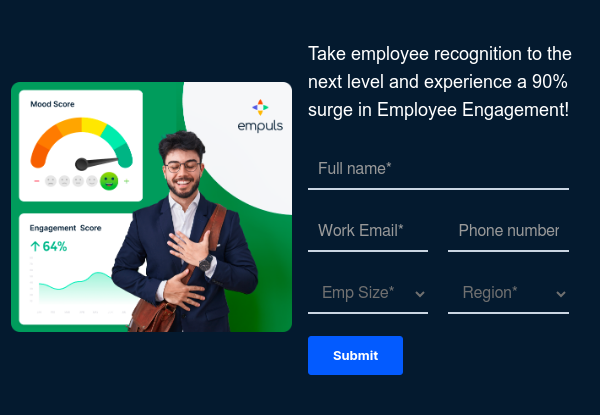What is employee incentive platform?
An Employee Incentive Platform is a structured system implemented by organizations to motivate and reward employees for achieving specific goals or demonstrating desired behaviors. These platforms offer various incentives, including monetary rewards like bonuses and profit-sharing, as well as non-monetary benefits such as recognition programs and professional development opportunities.
The primary goal of an Employee Incentive Platform is to enhance employee morale, productivity, and performance by providing tangible rewards or recognition for their contributions.
























